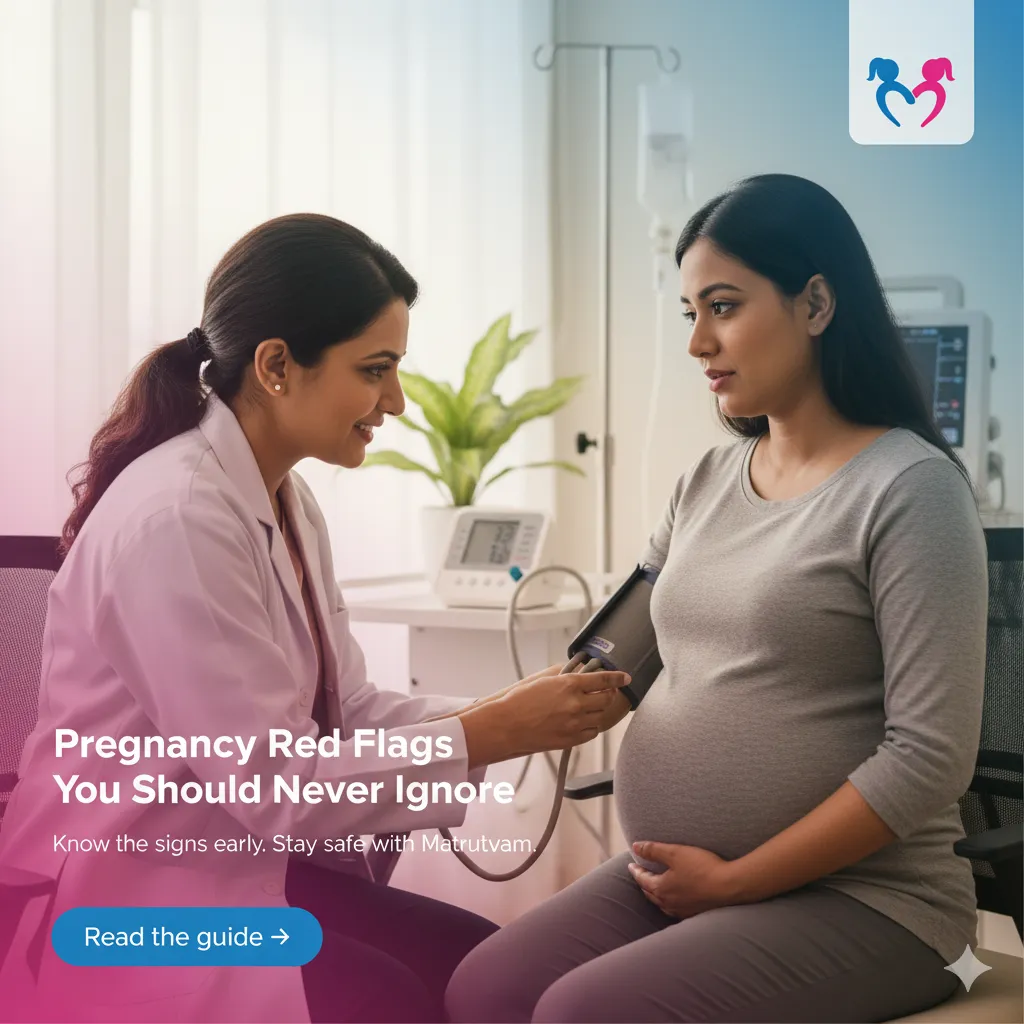
Preeclampsia, Preterm Labor & Stillbirth: Signs & Care
Quick take (for the busy mom-to-be)
Most pregnancies go smoothly. But high blood pressure after 20 weeks (preeclampsia), labor before 37 weeks, or loss after 28 weeks need rapid attention. Learn the warning signs you should never ignore, and the evidence-based steps we take to protect you and your baby.
Preeclampsia (high BP after 20 weeks): what to know
What it is
Preeclampsia is new hypertension ≥140/90 after 20 weeks with protein in the urine or new signs of organ stress. “Severe features” include very high BP (≥160/110), low platelets, rising liver enzymes with right-upper-belly pain, kidney injury, pulmonary edema, or persistent headache/vision changes.
Why it matters
Untreated, it can reduce blood flow to the placenta and lead to seizures (eclampsia), stroke, organ injury, and poor growth for the baby.
Red flags call us now if you notice:
Severe/persistent headache, blurred vision, or flashing lights
Sudden swelling of face/hands or rapid weight gain
Right-upper-belly pain, breathlessness, or much less urine than usual
Home BP ≥140/90 on two checks 4+ hours apart; ≥160/110 (seek care immediately)
Who’s more at risk
First pregnancy, prior preeclampsia, twins, chronic hypertension, kidney disease, diabetes, autoimmune disease, BMI >30, age <18 or >35, or family history.
How we manage it
Close monitoring: BP, urine, blood tests; fetal growth scans, Dopplers, and NSTs
Medicines: pregnancy-safe BP drugs; magnesium sulfate for seizure prevention when severe
Timing of birth: if disease is severe or worsening, delivery may be advised to protect mother and baby
Prevention options (for those at higher risk)
Low-dose aspirin: start between 12–28 weeks (ideally before 16) and continue until delivery (dose per your obstetrician and local availability).
Calcium (where dietary intake is low): 1.5–2.0 g elemental calcium/day, split into 2–3 doses. Take calcium and iron at different times for better absorption.
After birth
BP can spike in the first week keep monitoring. Preeclampsia increases lifetime heart risk, so book a follow-up cardiac risk check.
Preterm labor (before 37 weeks): how to respond fast
Warning signs
Regular tightenings or period-like cramps that don’t ease with rest
Low-back or pelvic pressure, leaking watery fluid
Vaginal discharge that turns watery/bloody or a mucus “show”
Tests & treatments we use
Cervical exam/ultrasound; swabs as indicated; CTG
Antenatal steroids to mature baby’s lungs (standard 24–33+6 weeks; can be considered at 34–36+6 if birth likely within 7 days and no prior course)
Magnesium sulfate for baby’s brain protection if very early
Short-term tocolytics to pause contractions and buy ~48 hours for steroids; treat infections, hydrate, and rest as advised.
Lower your risk
Keep antenatal visits; manage diabetes/thyroid; quit tobacco/alcohol; aim for ≥18 months between pregnancies where possible.
Stillbirth (loss after 28 weeks in India): reduce preventable risks
Definition (India/WHO)
In India, a stillbirth is a fetal death at or after 28 completed weeks (or ≥1000 g).
Common causes
Placental problems, uncontrolled hypertension/diabetes, infections, severe anemia, cord accidents, growth restriction, congenital anomalies sometimes no clear cause.
What you can do
Attend early and regular antenatal care; take prescribed iron/folate
Control BP, sugars, and thyroid disease
Kick counts from 28 weeks: when baby is usually active, you should feel about 10 movements within 2 hours. If movements drop suddenly or are fewer call immediately.
Sleep on your side (avoid going to sleep on your back) from 28 weeks onward.
Stay up-to-date with vaccines (flu, Tdap, COVID-19); avoid tobacco/alcohol; seek care for fever or bleeding
If you are Rh-negative, take anti-D as scheduled
If a stillbirth happens
You’ll receive compassionate care, tests to look for a cause, and clear guidance for recovery and planning a future pregnancy.
When to go to the hospital now
Severe headache/vision changes
BP ≥140/90 twice 4+ hours apart or ≥160/110 once
Sudden face/hand swelling, severe upper-belly pain, breathlessness
Waters breaking, regular painful tightenings <10 minutes apart
Vaginal bleeding, fever, or foul discharge
Baby’s movements are noticeably reduced or stop
How Matrutvam keeps you safer (our model of care)
High-risk pregnancy clinic: personalised plans for hypertension, diabetes, thyroid disease, multiples, and prior losses
On-site monitoring: same-day labs, growth scans, NST/biophysical profile
Home BP & movement coaching: checklists, device guidance, 24×7 advice
NICU & multidisciplinary team: obstetricians, neonatologists, physicians, dietitians, and mental-health support
Friendly, evidence-based care no unnecessary travel required. If you’re in or around Pune, you can access high-risk care close to home.
Call Matrutvam 24×7: +91-91202 02120• Appointments: matrutvamhospitals.com
